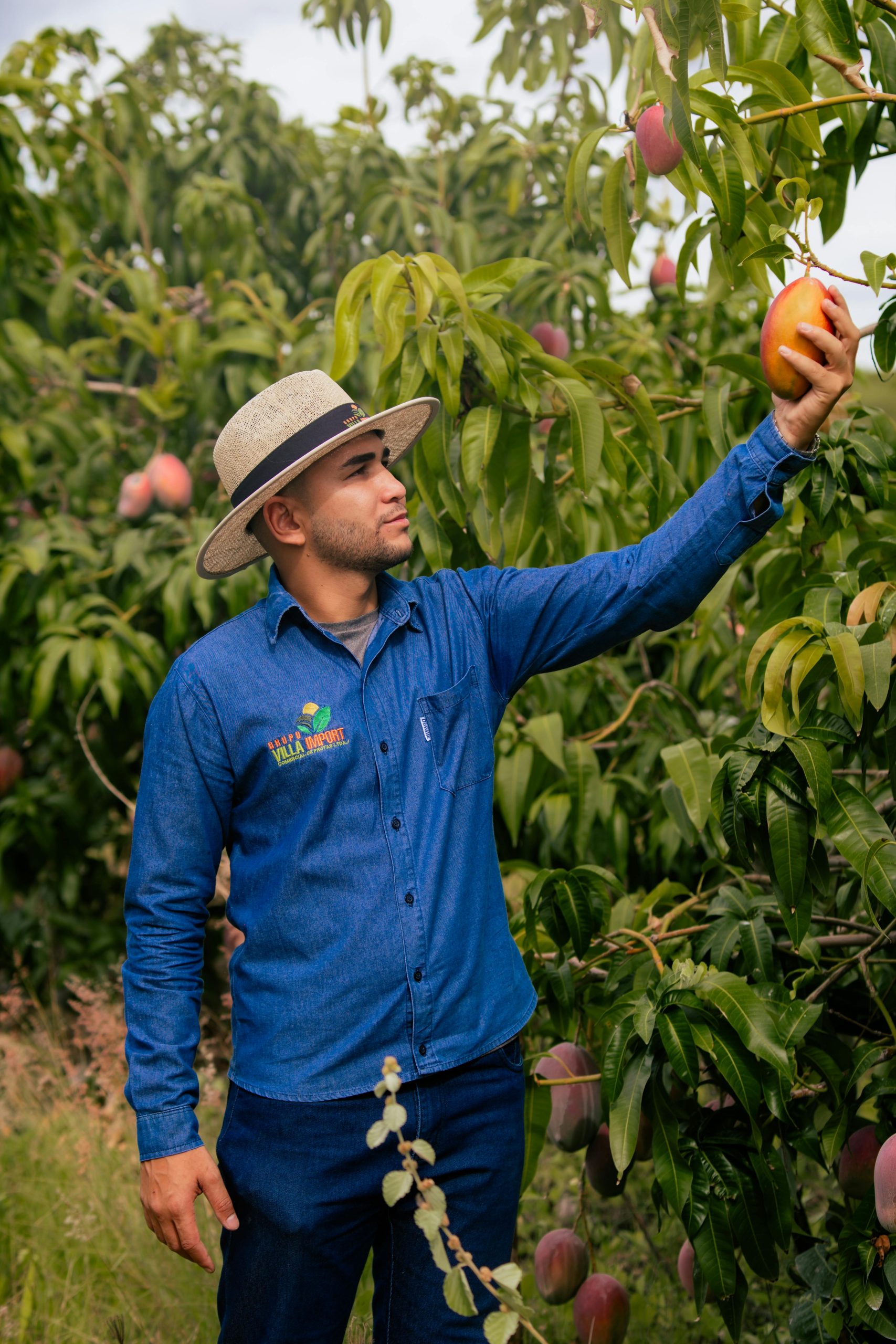
How East Africa’s Coffee Powerhouse Balance Growth with Sustainability?
Did you know that in Africa, Uganda is the second largest exporter of coffee? Uganda’s coffee sector, a cornerstone of its economy, in 2023 generated over 1 billion USD from coffee exports according to UGACOF. Record-breaking exports clash with tightening EU deforestation regulations, while smallholder farmers grapple with climate volatility and traceability demands. Here’s an in-depth look at the opportunities and hurdles shaping this critical industry.
Booming Exports, Shifting Markets

Uganda’s coffee exports reached unprecedented heights in 2023/24, with 6.35 million 60-kg bags generating $1.4 billion—a 47% surge in revenue from the previous year. Robusta coffee

dominated, contributing **5.5 million bags** (up 8%) due to favorable weather, while Arabica faced a 20% decline from drought and aging trees. Europe remains the linchpin, absorbing 60–75% of exports**, but African markets like Sudan and Morocco are growing, accounting for 16% of shipments.
This growth is fueled by Uganda’s Coffee Roadmap, a national strategy aiming for 20 million bags by 2030 to generate $1.5 billion annually. The Uganda Coffee Development Authority (UCDA) has driven quality improvements through farmer training and high-yield seedlings, though debates over dissolving the UCDA threaten to destabilize progress.
The EUDR Deadline: A Double-Edged Sword.
The European Union’s Deforestation Regulation (EUDR), now delayed to December 2025 after intense lobbying, requires proof that coffee isn’t sourced from land deforested after 2020. For Uganda, where forest cover plummeted from 54% in 1900 to 12.5% in 2020, compliance is existential:
Traceability Challenges: Smallholder farmers (1.8 million, owning 0.5–2.5 hectares) lack centralized registration. Exporters must now provide **GPS coordinates or polygon maps** for plots, a costly process straining Uganda’s underfunded system.
Innovative Workarounds: The Territorial Approach (TA), using AI and satellite imaging, offers a short-term fix to identify deforestation hotspots. Meanwhile, traders like UGACOF partner with tech startups for polygon mapping and Rainforest Alliance certifications.
Despite these efforts, farmers fear exclusion. Benjamin Mizindo, a Mityana grower, warns, “The deadline is too tight—many will be left out”.
Economic Lifeline vs. Farmer Vulnerability
Coffee supports 9 million livelihoods and contributes 11–22% of Uganda’s export earnings. Yet smallholders face systemic risks: Climate Pressures: La Niña-induced droughts threaten Robusta yields, forecast to drop 11% in 2024/25.
Funding Gaps: The UCDA requested $9.5 million for traceability but received only $3.7 million, slowing farmer registration.
Profitability Struggles: While global prices rise, farmers lack access to credit, insurance, and premium markets. “The EUDR’s costs could crush us,” laments Jane Nalunga of SEATINI.
What is Sustainability as a Pathway to Resilience?
Uganda is betting on sustainability to future-proof its coffee:
1. Regenerative Farming: UGACOF promotes intercropping and carbon sequestration, boosting yields and soil health.
2. Direct Sourcing Networks: New washing stations and hulling centers connect farmers to premium buyers, offering traceability and fair pricing.
3. Tech-Driven Compliance: Blockchain and GIS mapping are being piloted to streamline EUDR reporting.
The Road Ahead

Uganda’s coffee sector stands at a crossroads. Success hinges on:
Meeting EUDR Deadlines: Accelerating farmer registration and securing funding for traceability.
Diversifying Markets: Reducing reliance on Europe by expanding in Africa and Asia.
Climate Adaptation: Scaling drought-resistant crops and agroforestry.
As Dr. Emmanuel Iyamulemye of UCDA asserts, “The 20-million-bag target is achievable—but only if farmers aren’t left behind”. With strategic partnerships and inclusive policies, Uganda can turn regulatory pressure into a catalyst for sustainable growth.
NB: For further details, explore the full reports from the Uganda Coffee Development Authority and EU regulatory updates.



This is great 👍